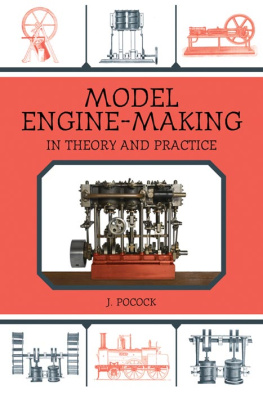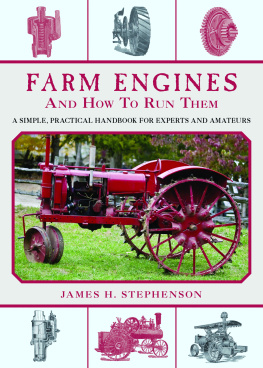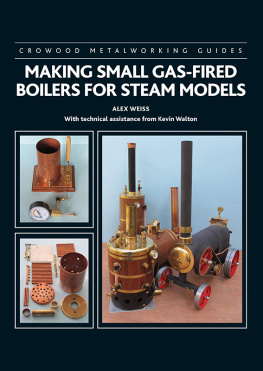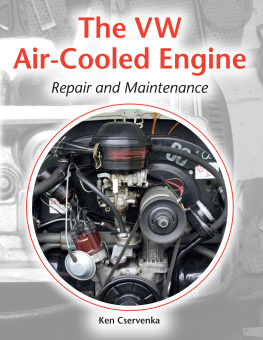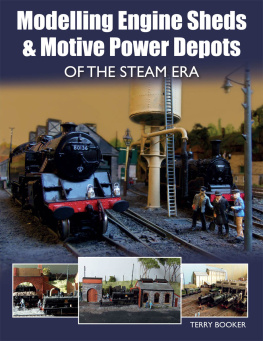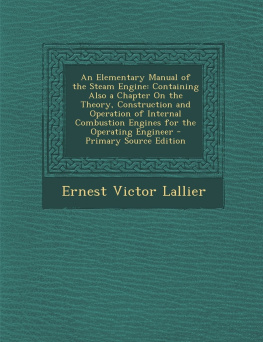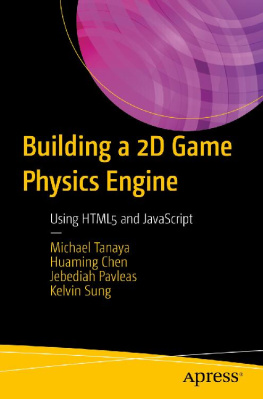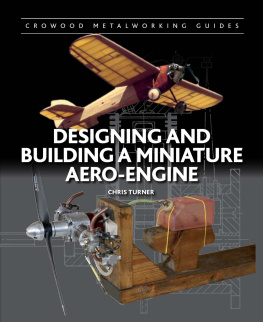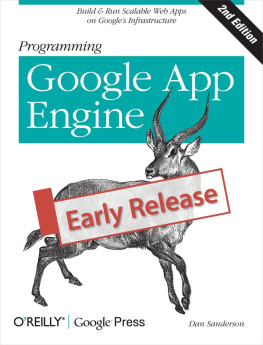Copyright 1888, 2011 by J. Pocock
All Rights Reserved. No part of this book may be reproduced in any manner without the express written consent of the publisher, except in the case of brief excerpts in critical reviews or articles. All inquiries should be addressed to Skyhorse Publishing, 307 West 36th Street, 11th Floor, New York, NY 10018.
Skyhorse Publishing books may be purchased in bulk at special discounts for sales promotion, corporate gifts, fund-raising, or educational purposes. Special editions can also be created to specifications. For details, contact the Special Sales Department, Skyhorse Publishing, 307 West 36th Street, 11th Floor, New York, NY 10018 or .
Skyhorse and Skyhorse Publishing are registered trademarks of Skyhorse Publishing, Inc., a Delaware corporation.
Visit our website at www.skyhorsepublishing.com.
10 9 8 7 6 5 4 3 2 1
Library of Congress Cataloging-in-Publication Data is available on file.
ISBN: 978-1-61608-550-6
Printed in The United States of America
PREFACE.
T HE Steam Engine in one or other of its many forms is a sufficiently familiar object; not equally familiar, I venture to think, the knowledge of its manner of working. Yet surely in these days of scientific and technical education it would be well that at least the younger members of the community should have some clear perception of the method in which steam exerts the force which has become so necessary to the exigencies of daily modern life.
The want of some practical book on Model Engine-Making has during the last few years been made evident by the number of queries upon this subject which have appeared in various journals more or less devoted to the interests of mechanical science.
Much of the desired information might no doubt be gathered from the columns of these papers, notably, for instance, from the back numbers of The English Mechanic; but this involves a troublesome search and a comparison of sometimes diverse directions.
These and kindred considerations have induced me to revise and enlarge a series of papers on Model Engine-Making, which originally appeared in a magazine chiefly addressing itself to the interests of amateur workers.
Wishing these papers to be useful to as large a body of amateurs as possible, I have thought it best to give many details for the sake of beginners, which may not be needed by those who have already become practised workmen.
The patterns in which Model Engines are made are very numerous, but they will usually be found to be only varieties of one or other of the types mentioned in this book; and any one who has constructed the models here described will, I believe, find little difficulty with any other pattern, whether it be that of a model or a small power engine.
J. POCOCK.
H ARLESDEN , N.W.
CONTENTS.
I NDEX
CHAPTER I.
INTRODUCTION.
TOOLS AND CASTINGS.
T HERE may be those who, never having tried their hands at model engine-making, are ready to maintain that such work is a mere waste of time; but, as a matter of fact, there are few leisure occupations better calculated to train the hand, eye, and mind all at one and the same time, and to such good effect. Not only does it afford a most thorough training in all such descriptions of mechanical work as lie within the compass of an amateurs powers, as filing, drilling, turning, fitting, screw-making, etc., but a considerable amount of knowledge is also acquired as to the theory and practical application of steamthe most important power of the present day. Nor must it be forgotten that James Watt himself, although he had previously by means of a Papins digester and a syringe made a few experiments, might nevertheless have failed to turn his attention seriously to the improvement of the steam-engine, had it not been for the model engine placed in his hands for repairs by the authorities of the College of Glasgow; and while we continue to obtain from the steam-engine as at present only a small proportion of the energy theoretically contained in the fuel consumed under the boiler, who can say but that the model-maker of to-day may be a second James Watt to-morrow ?
Although many of the so-called model engines as, for example, those described in Chaps. II. and III.have no large and useful archetypes, still the construction of these will prove a valuable stepping-stone to the more advanced models described in later chapters; and in order to impart as much interest as possible to the work of Model Engine-Making, I have in many cases given the proportions of the more important parts as they would be in full-sized engines.
Before however we take in hand the actual construction of a model engine, it will be convenient to devote a preliminary chapter to the consideration of the tools required and the castings to be used.
First, as to the tools needed, these will be such as are to be found in the workshop of any amateur who has taken up metal-turning. It is sometimes stated that, provided the cylinder is bought ready bored, a lathe is not absolutely necessary. Perhaps not absolutely, but without it much additional time and patience will be demanded, and the results both in appearance and working will certainly be far less satisfactory. I would therefore by no means recommend any one to undertake model engine-making, unless they are provided with a lathe.

A chuck for holding small drills, and a grip-chuck holding from 1/4-inch diameter upwards, will be found useful adjuncts to the lathe; and if the lathe is provided with a face-plate, so much the better.
A few small chisels of the shapes shown by Figs. 1 to 5, must be made from good square cast steel : these are for chipping out steam-ports and similar work.
A few drills from 1/16-inch up to 1/4-inch, of the ordinary shape, will be necessary; and D-bits of the required sizes may be made as wanted. Fig. 6 is a section of a D-bit at its cutting end, and Fig. 7 is a section taken at a little distance down the shank.

A rimer (Fig. 8) will be found useful. It is made from a piece of small steel rod, filed up to a triangular or five-sided shape, and tempered to straw colour.

The usual gravers, round-nosed and other turning tools will be required, also one or two inside tools; and a few files, flat, half-round, and triangular, coarse, medium, and fine. A bench vice is almost as indispensable as a lathe; and an Archimedean, or some other form of hand-drill, for small drills will often be found handy in addition to the drill-chuck already named.
A small steel square, usually known as an engineers square, must be included in the list of tools required.
One or two scrapers will also be found useful. These may be made from broken files, the teeth being ground out for a short distance from the broken end of the file, and the end ground off straight across. These scrapers are to be used for giving the finishing touches to such work as cannot be got sufficiently level by filing.

